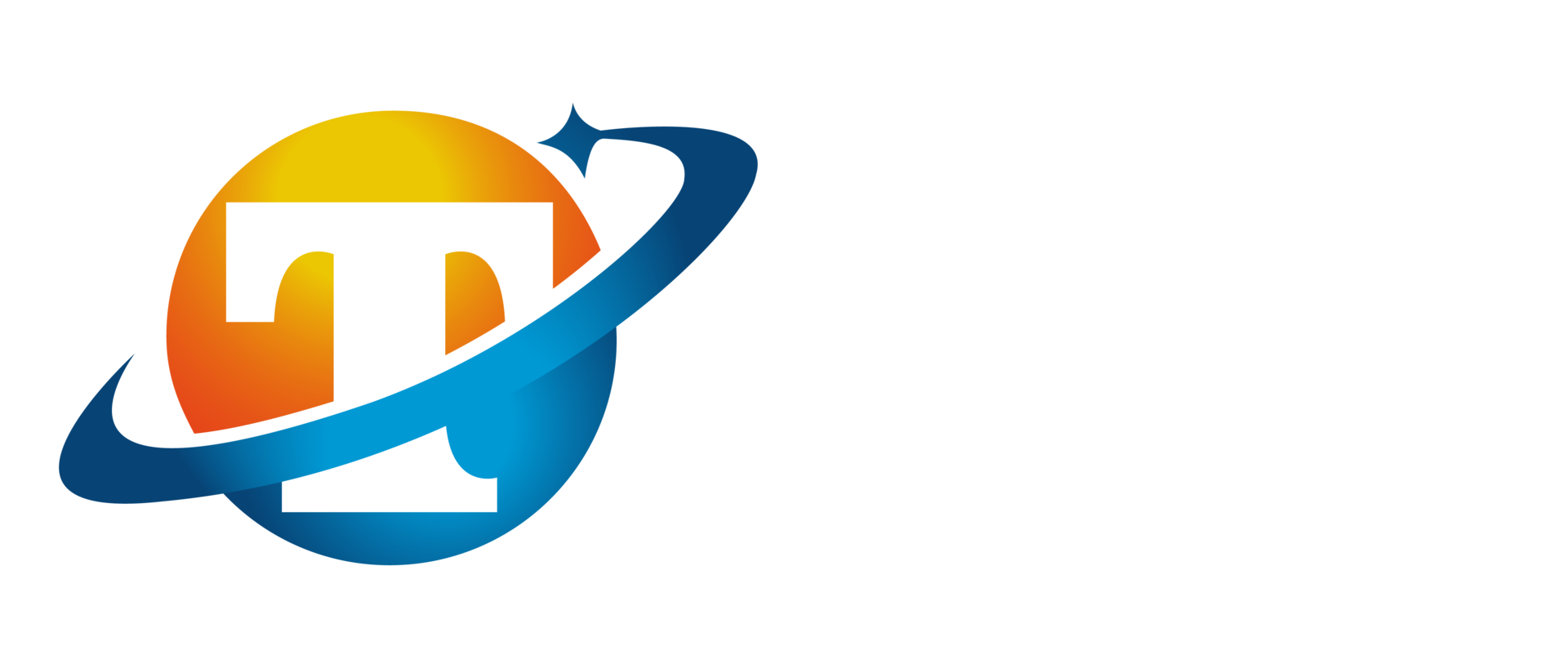
MATERIAL DATABASE
Introduction
C11000 copper, also known as Electrolytic Tough Pitch (ETP) copper, is renowned for its purity and versatility. This article aims to delve into the composition, characteristics, and applications of C11000 copper pipes, elucidating why they are a preferred material in various industries.
Composition and Purity
C11000 copper is known for its high purity level, with a minimum copper content of 99.90%. This high level of purity is achieved through an electrolytic refining process, which effectively removes most impurities and other elements. The minor remaining elements in C11000 copper include oxygen, which is intentionally left at a controlled level to improve its properties.
Characteristics
Conductivity
One of the most significant characteristics of C11000 copper is its exceptional electrical conductivity. It is often used as a benchmark standard, with a 100% IACS (International Annealed Copper Standard) rating. This high conductivity makes it ideal for electrical applications.
Thermal Conductivity
C11000 copper also exhibits excellent thermal conductivity, making it a preferred material for heat transfer applications, such as heat exchangers and radiators.
Malleability and Ductility
The malleability and ductility of C11000 copper allow it to be easily formed into pipes and tubes without compromising its structural integrity. This property is crucial in manufacturing complex and intricate pipe designs.
Corrosion Resistance
C11000 copper displays good corrosion resistance to atmospheric elements, making it durable in various environments. It is particularly resistant to corrosion in freshwater and stands up well against many industrial and food acids.
Applications
Electrical Industry
Due to its high electrical conductivity, C11000 copper is extensively used in electrical wiring, generators, motors, and other electrical components.
Plumbing
C11000 copper pipes are widely used in plumbing systems for both residential and commercial buildings. Their corrosion resistance, durability, and non-toxic nature make them suitable for water supply lines.
HVAC Systems
In heating, ventilation, and air conditioning systems, C11000 copper tubes are used in heat exchangers, condensers, and other components where efficient heat transfer is required.
Industrial Manufacturing
Copper’s thermal properties are beneficial in industrial applications such as in the manufacture of radiators, oil coolers, and evaporators.
Art and Architecture
C11000 copper's aesthetic appeal and workability make it a popular choice for architectural elements, sculptures, and decorative artworks.
Conclusion
C11000 copper pipes offer an unmatched combination of conductivity, thermal properties, malleability, and corrosion resistance. Their wide range of applications across various industries underscores their importance and versatility. As technology advances, the role of C11000 copper in new and innovative applications continues to expand, further cementing its status as a material of choice for diverse requirements.